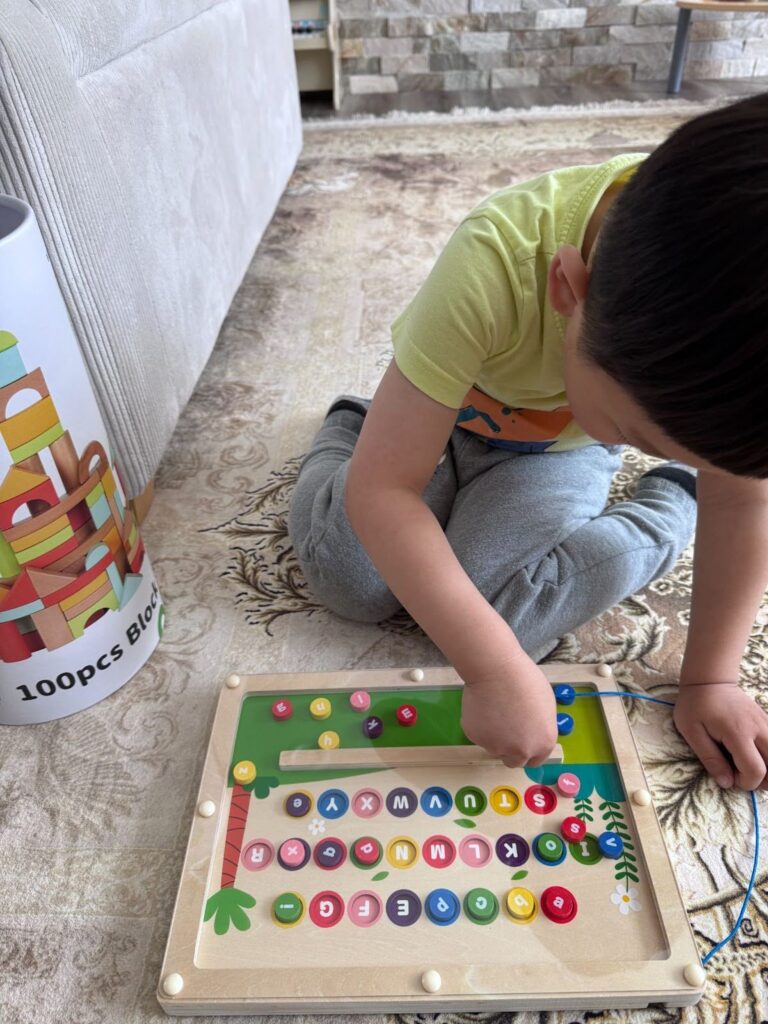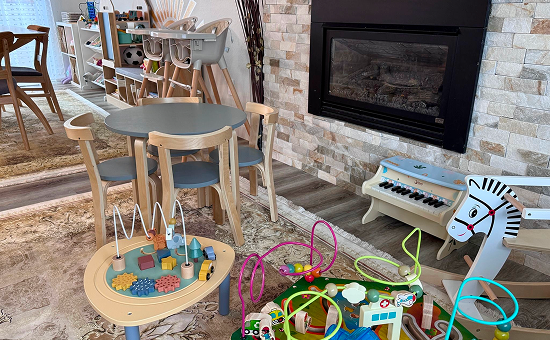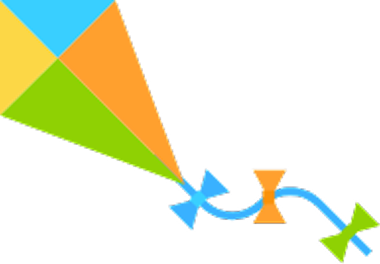At Kido Heaven Child Care in Bothell, WA, we go beyond traditional lessons to nurture every child’s growth through hands-on learning. In this blog, we highlight a simple yet powerful learning moment: a child using a magnetic alphabet maze board to explore letters, sounds, colors, and focus.
This type of activity may look like play—and it is—but it also deeply supports all five Early Achievers Quality Standards: Learning Environment, Child Outcomes, Interactions and Curriculum, Family Engagement and Partnerships, and Professional Development and Training. These standards are designed to improve early learning settings and ensure high-quality outcomes for all children, especially in licensed programs like ours.Let’s explore how this alphabet activity strengthens your child’s development and supports our quality rating.
Why the Magnetic Alphabet Maze Matters for Early Literacy
The magnetic alphabet maze is more than a toy—it’s a powerful tool for early literacy. Children use a magnetic wand to guide colorful discs through letter-shaped grooves, building essential skills for reading and writing. This activity, rooted in Montessori principles, fosters independence and engagement. Here’s why it’s a game-changer:
- Letter Recognition: Children identify, repeat, and associate letters with their sounds, building early phonemic awareness. These are essential steps toward decoding, reading, and writing.
- Fine Motor Skills: Guiding the wand strengthens hand muscles, crucial for writing and self-care tasks.
- Cognitive Growth: Children solve problems as they figure out the path of each letter. This builds memory, logic, spatial awareness, and patience.
- Focus and Resilience: Activities like these allow children to practice sustained attention. They learn to follow a task through, even when it’s challenging—building resilience and internal motivation.
Learn more about early literacy from NAEYC.

How the Magnetic Alphabet Maze Aligns with Early Achievers Standards
The Washington State Early Achievers program evaluates licensed providers across five key areas. Here’s how we meet each one with this activity and beyond:
1. Learning Environment
- Our space is designed for exploration, order, and comfort. Materials are child-accessible and rotated regularly.
- The alphabet maze is made from natural materials, with soft colors and a calming design, minimizing overstimulation.
- Toys like building blocks and model cars are available nearby to complement the learning, as seen in the photos.
Learn more: DCYF Early Achievers Guide
2. Child Outcomes
- We focus on whole child development—not just academics.
- This activity supports language, cognitive growth, motor skills, and social-emotional learning.
- We document each child’s learning journey using Brightwheel, including photos, videos, and daily notes.
3. Interactions and Curriculum
- Our curriculum includes Montessori elements, with emphasis on child-led discovery.
- Teachers ask questions during activities:
“What letter are you working on?”
“What sound does it make?”
“Can you find the first letter of your name?” - These conversations help build vocabulary, confidence, and expressive language.
4. Family Engagement and Partnerships
- We actively involve families by sharing photos like this one, giving updates through Brightwheel, and encouraging home practice.
- We provide suggestions for home activities (like tracing letters with salt or using playdough to shape names).
- Parents are welcome to schedule observation visits and join learning celebrations.
5. Professional Development and Training
- Our team attends trainings on early literacy, Montessori philosophy, and WA State Early Achievers standards.
- We reflect on what works best for each child and adjust activities accordingly.
- We use documentation tools not only for communication, but also for ongoing professional reflection and quality improvement.
Montessori-Inspired Learning Through Play
Dr. Maria Montessori believed that young children learn best through hands-on, sensory-based exploration. This alphabet maze is a great example of that philosophy in action.
- Control of Error: Children see if letters are traced correctly, fostering self-correction.
- Independence: The child works at their own pace, with confidence.
- Freedom Within Limits: While there is structure (letter paths), children choose which letters to practice and how long to work.
This approach not only teaches letters but also cultivates emotional regulation and executive functioning—skills vital for lifelong learning. Explore Montessori benefits at American Montessori Society.

How Parents Can Support Learning at Home
We love partnering with parents to continue the learning at home.Reinforce the magnetic alphabet maze’s benefits with these simple home activities:
- Place magnetic letters on the fridge and name them during snack time.
- Play “I Spy” with letter sounds (e.g., “I spy something starting with B”).
- Read alphabet books together, pointing out familiar letters.
Just 5–10 minutes daily can boost your child’s school readiness. Visit NAEYC’s Early Literacy Guide.
Beyond Letters: Whole-Child Benefits
This type of focused learning through play supports far more than literacy. It encourages:
- Emotional regulation – staying calm and focused through challenge
- Executive functioning – planning, memory, and flexible thinking
- Creativity – linking letters to names, stories, or pretend play
- Confidence – completing a task brings a strong sense of pride
You’ll often find children integrating this work into other areas, like building letters with blocks, tracing them with cars, or singing the ABCs during play.
Documenting and Reflecting on Progress
We believe every child’s learning story is unique and worth celebrating. Through regular documentation, we capture:
- Progress in letter recognition and fine motor skills
- Evidence of developmental milestones
- Shifts in attention span, persistence, and curiosity
These moments are shared with parents weekly and used during formal developmental updates, family meetings, or Early Achievers reviews.
Why Choose Kido Heaven for Early Literacy?
At Kido Heaven, we’re committed to high-quality early education:
- Licensed in WA State
- Early Achievers participant
- Montessori-inspired curriculum
- Brightwheel parent communication
- Full-time care for ages 1–5
- Subsidy accepted
📞 Call us at 206-734-2040 or
🌐 Visit kidoheaven.com/enrollment to schedule a tour.
📲 Follow us: Nextdoor | Yelp | Winnie | Instagram | Facebook | YouTube | Upward
🌟 In Summary
The alphabet maze is a small but mighty part of our daily learning. It supports key outcomes across every Early Achievers Quality Standard while keeping the joy of learning alive. Through intentional play, we are helping children develop language, motor skills, problem-solving abilities, and independence—skills they will carry for life.
FAQ
1. What age is the magnetic alphabet maze best for?
It’s ideal for children ages 2–5, as it supports early letter recognition and fine motor development.
2. How does the maze help with reading?
By linking letters to sounds, it builds phonemic awareness, a key predictor of reading success.
3. Can I replicate this activity at home?
Yes! Use magnetic letters or tracing apps.
4. How does Kido Heaven ensure quality education?
We align with Early Achievers standards, use trained educators, and track progress with Brightwheel.



